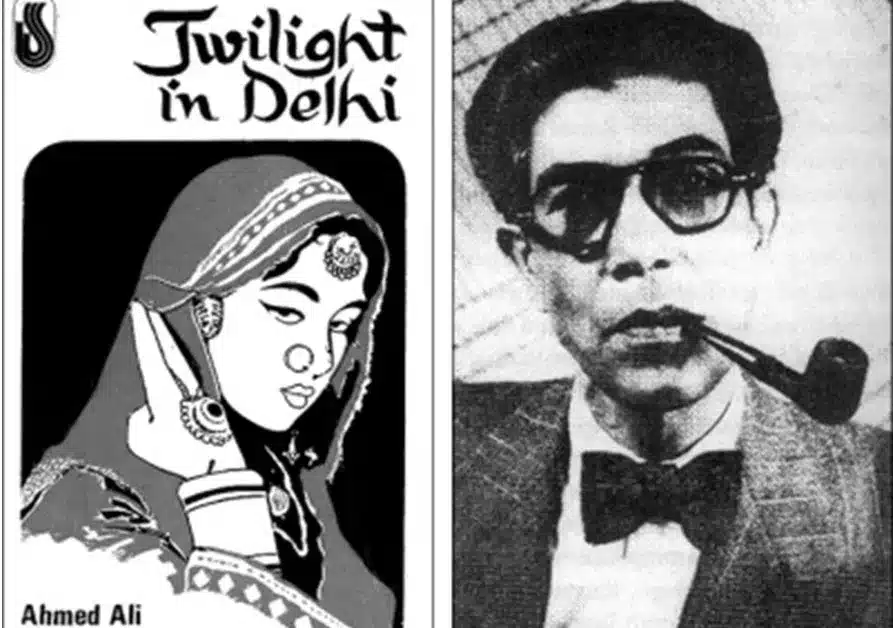Book Review | Twilight in Delhi

The classical novel set in 1911-19 with a vivid depiction of life in Delhi, British India. it mainly focuses on rapidly changing socio-political changes from the viewpoint of Mir Nihal, his family, and the society around him. It also has a shade of gloominess, sadness, separation, social conflicts, gender discrimination, history about the downfall of Mughal emperors, and the effects of colonialism and imperialism on Indian Muslims in Delhi
This was the first novel of the legendry Author Ahmed Ali. It was published in English after the intervention of the prominent English writer E. M. Forster. It was published by the Hogarth Press in 1940. It is the first novel by a Muslim ever to be published in English.
It came to my attention after reading City of Djinns by William Dalrymple. William mentions, “This book as not only a very fine novel; it is also an irreplaceable record of the vanished life and culture of pre-war Delhi.”
The novel has a vivid description of the narrow streets around the Jama Masjid, the melodramatic sound of prayers, replete with the smell of kababs, the sight of colorful sherbets, and people milling around in their new clothes, could easily apply to an image of the area right now after the day’s fast is broken. It may make us believe that it has a pleasant story to read, feel, and imbibe, but the reality is different.
Towards the beginning of the book, twenty-two-year-old Asghar had a strong desire for Bilqueece, the daughter of a “low-born” Muslim, a young woman whom Asghar’s family considers most unsuitable for marriage. His strong desire and his inability to breakthrough, throw sorrow and grief upon him. He expresses self-pity and termed himself as the “most unfortunate creature in the whole world”
His sister, Begum Waheed, who was widowed at nineteen and prohibited from remarrying by the dominant Hindu social code, is forced to remain at her in-laws’ home, far from her own family. She helped Asghar to get married to Bilqueece. Though Bilqueece has very limited say in the whole marriage, Once she got married, she gets used to her new life, and actually fell in love with Asghar. Here, the author depicts the plight of women in society. The author did an incredible job of depicting life within the zenana, the traditional inner courtyard where Muslim women confine themselves and keep purdah.
The saddest figure of all is that of his father, Mir Nihal, the patriarch of the family. He serves as the conscience of the book, reflects the political views of its author, and observes the decline of Delhi most keenly, for he is one of the old-timers who has witnessed first-hand the fall of the Mughal Empire and the subsequent rise of the British one.
As the story went on, Mir Nihal became crippled and pushed to see the gradual demise and deterioration of his own sons and daughters while he continued to be alive remaining hapless and useless.
It was a great read and do agree with William Dalrymple: “This book as not only a very fine novel; it is also an irreplaceable record of the vanished life and culture of pre-war Delhi.”
Observer Voice is the one stop site for National, International news, Sports, Editor’s Choice, Art/culture contents, Quotes and much more. We also cover historical contents. Historical contents includes World History, Indian History, and what happened today. The website also covers Entertainment across the India and World.
Follow Us on Twitter, Instagram, Facebook, & LinkedIn

